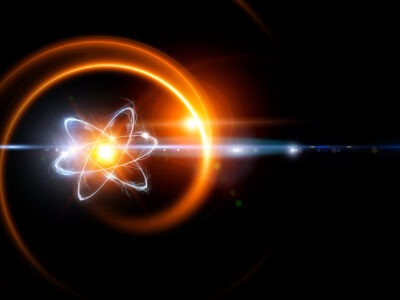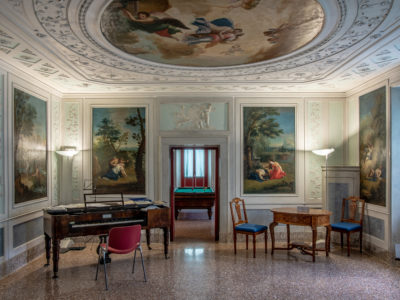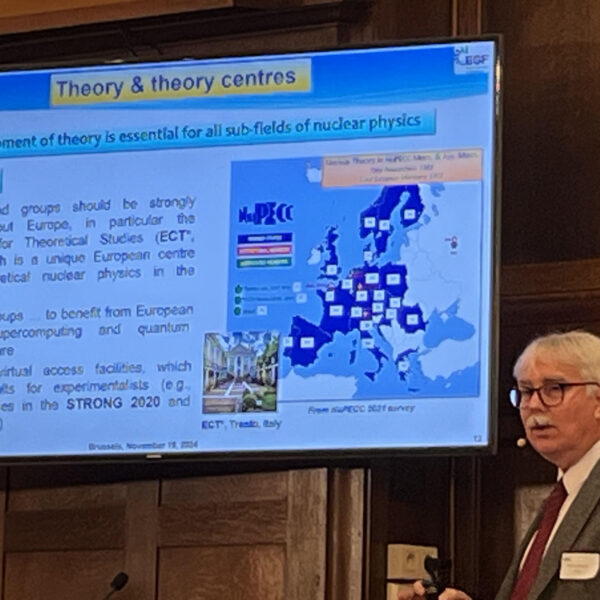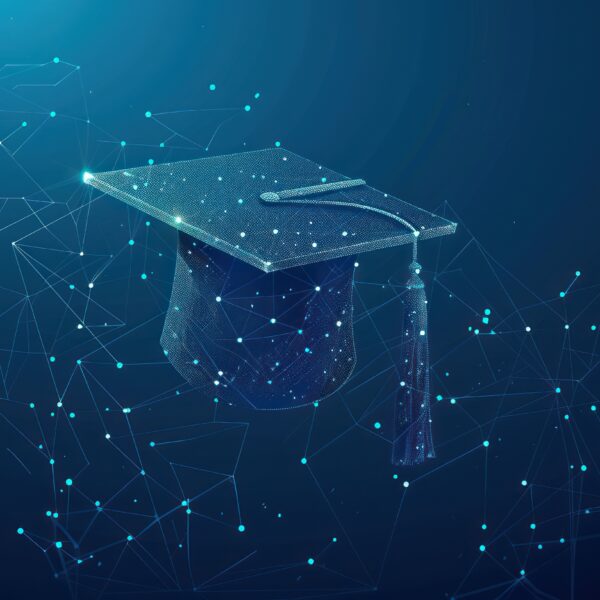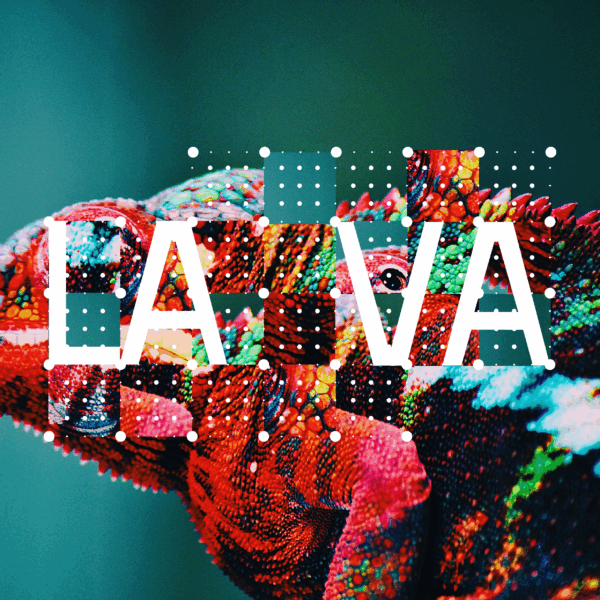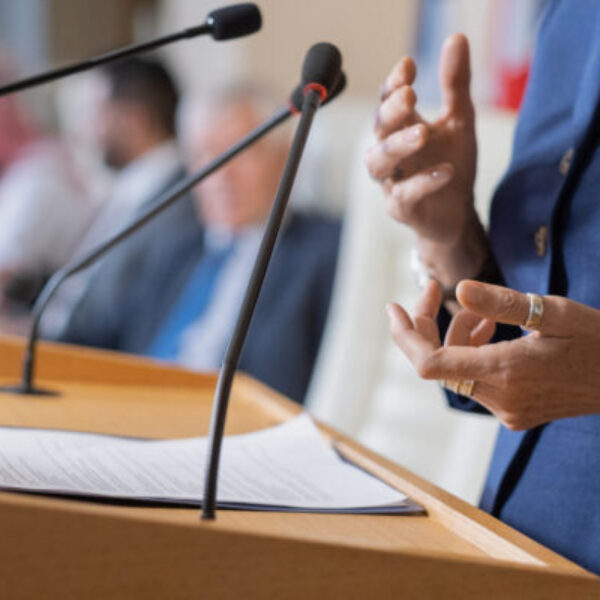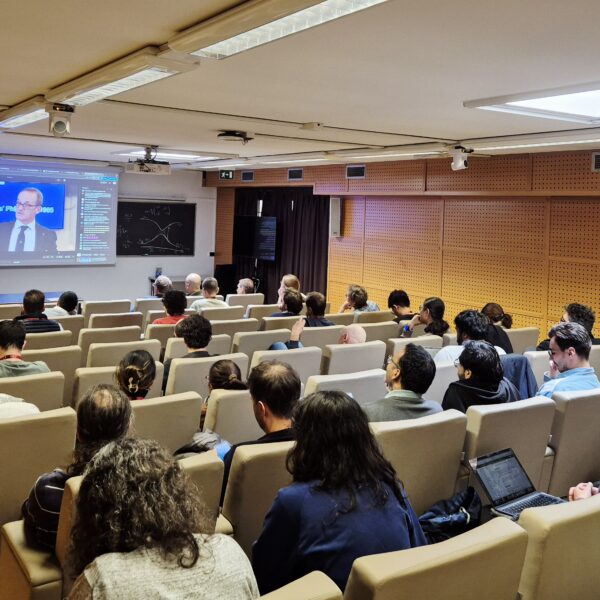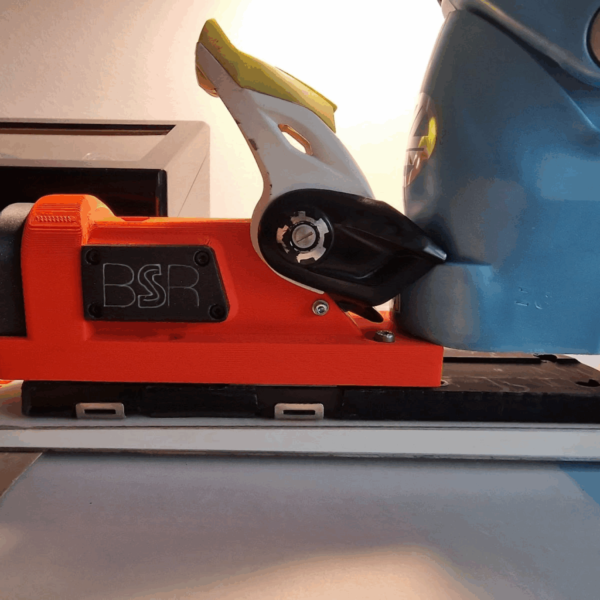Highlights
Latest news
-
07 November 2025The LaVA virtual academy was introduced to participants of this year's Symposium on Lattice Field Theory in MumbaiMore info
-
31 October 2025On November 14, 2025, ECT* researcher Maurizio Dapor will present a talk at the event organized by the Erasmus Mundus Master in Nuclear PhysicsMore info
-
08 October 2025The topic of the current ECT* workshop on "Superconducting Devices for Quantum Optics and Quantum Simulations" is intimately connected to the 2025 Nobel PrizeMore info
-
15 September 2025The Fondo Italiano per le Scienze Applicate funds the Blue Ski Research project for four yearsMore info
Upcoming events
-
The search of neutrinoless double-β decay involves substantial effort from both experimental and theoretical researchers. This yet-unobserved process requires highly sensitive detectors on the experimental side, and computationally intensive, high-precision calculations of the nuclear matrix element on the theoretical side.More info
-
The study of charmonium, a system containing a charm quark-anti-quark pair underwent a revolution after a number of entirely unexpected narrow resonances called the Xs, Ys and Zs were discovered by experiments at the start of the new millennium. The nature of these resonances is still unclear. Similarly, interest in glueballs, hadrons made predominantly of confined gluons, has recently been rekindled.More info
-
The Electron-Ion Collider (EIC) will open a new frontier in exploring the internal dynamics of hadrons and nuclei, offering precision access to the three-dimensional structure of matter. Transverse Momentum Dependent (TMD) distributions are essential tools for interpreting EIC observables, but the theoretical landscape behind them remains fragmented.More info
-
The topic of this workshop is the “X17” particle, whose existence has been claimed in a series of recent experiments. In the workshop, the current status of the new experimental research and the new advances of the theoretical studies about this hypothetical particle will be presented and discussed.More info
-
The renormalization group plays a fundamental role in many areas of physics. Various aspects of perturbative and non-perturbative renormalization have been extensively investigated for decades in different physics contexts. Yet, knowledge gained in one area is often not completely appreciated by experts working on other topics.More info
